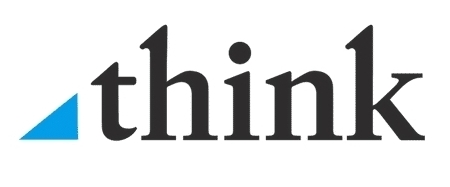
With more than 97% of educators reporting learning loss among their students due to the COVID-19 pandemic, the personal-finance website WalletHub today released its report on 2021’s Most & Least Educated Cities in America, as well as accompanying videos and expert commentary.
To determine where the most educated Americans are choosing to settle down, WalletHub compared the 150 largest U.S. metropolitan statistical areas, or MSAs, across 11 key metrics. The data set ranges from the share of adults aged 25 and older with a bachelor’s degree or higher to the racial education gap to the quality of the public-school system.
| Most Educated Cities | Least Educated Cities |
| 1. Ann Arbor, MI | 141. Corpus Christi, TX |
| 2. San Jose, CA | 142. Ocala, FL |
| 3. Washington, DC | 143. Salinas, CA |
| 4. San Francisco, CA | 144. Stockton, CA |
| 5. Madison, WI | 145. Hickory, NC |
| 6. Boston, MA | 146. Modesto, CA |
| 7. Durham, NC | 147. Bakersfield, CA |
| 8. Seattle, WA | 148. McAllen, TX |
| 9. Austin, TX | 149. Brownsville, TX |
| 10. Provo, UT | 150. Visalia, CA |
Key Stats
- The Ann Arbor, MI, metro area has the highest share of bachelor’s degree holders aged 25 and older, 55.90 percent, which is 3.8 times higher than in Visalia, CA, the metro area with the lowest at 14.60 percent.
- The Worcester, MA, metro area has the highest racial education gap, with the share of black bachelor’s degree holders aged 25 and older at 26.11 percent, compared with 20.78 percent for their white counterparts, a difference of 5.33 percent favoring black people.
- For comparison, the national average for black people with the same attributes is 13.94 percent and it is 21.27 percent for their white counterparts.
- The Anchorage, AK, metro area has the highest gender education gap, with the share of female bachelor’s degree holders aged 25 and older at 21.83 percent, compared with 18.42 percent for their male counterparts, a difference of 3.41 percent favoring women.
- For comparison, the national average for women with the same attributes is 20.12 percent and it is 19.42 percent for their male counterparts.





























































